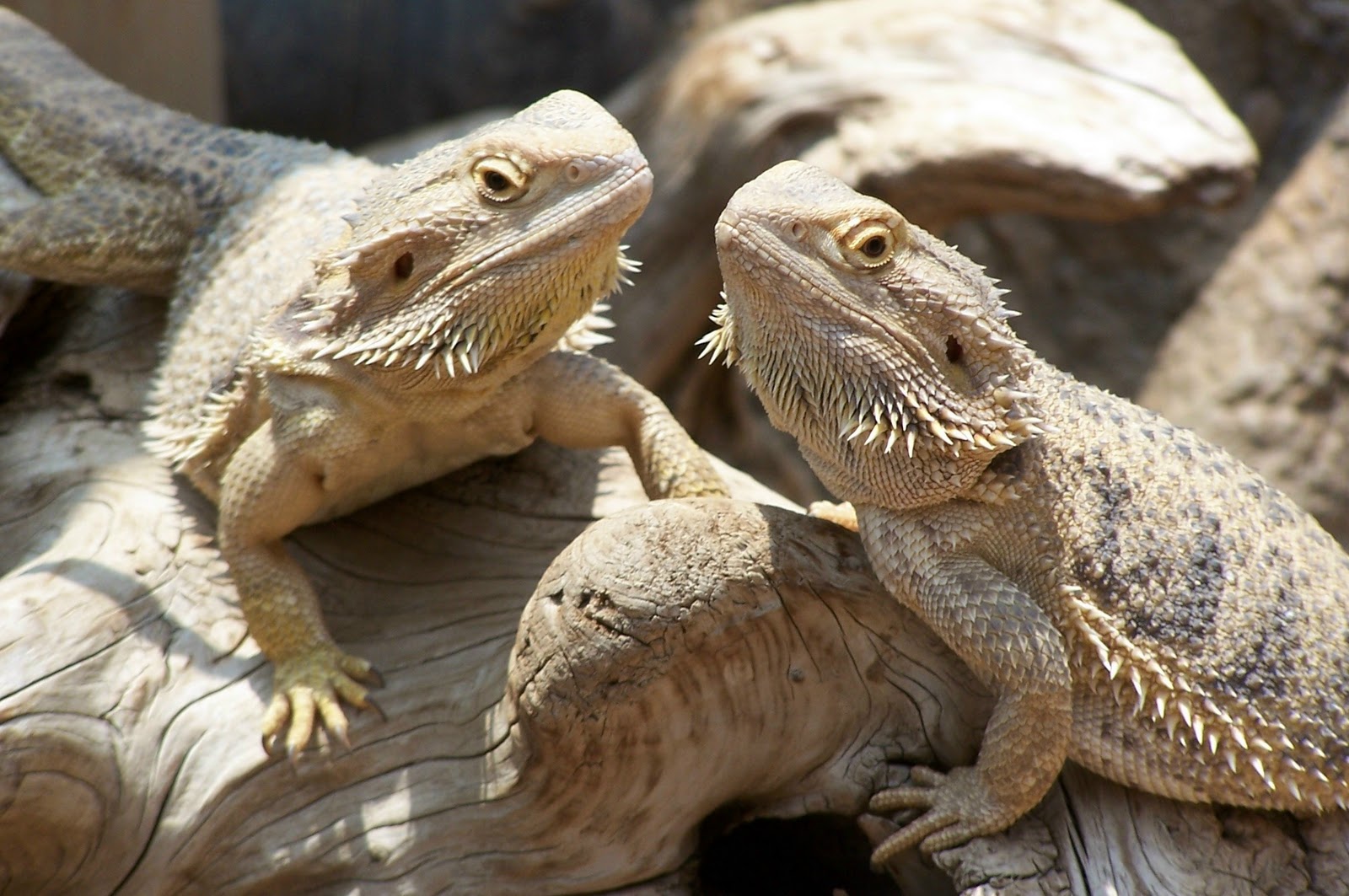Everything You Need to Know About Clay Bearded Dragon: The Ultimate Guide for Beginners
Introduction
Are you looking for a new pet to bring some joy to your life? Look no further than the clay bearded dragon! These fascinating creatures make fantastic pets for beginners and experienced reptile owners alike.
In this ultimate guide, we’ll cover everything from the basics of owning a clay bearded dragon to their dietary needs, habitat setup, and more. You’ll be well-equipped to start your journey as a proud and responsible dragon owner!
What is a Clay Bearded Dragon?
The clay bearded dragon, AKA the Pogona minor minor, is one of eight different species of bearded dragons. They are native to Australia and have become increasingly popular as pets in recent years. Clay bearded dragons are known for their hardy nature, which makes them an excellent choice for first-time reptile owners.
Habitat Setup
Creating the right habitat for your clay bearded dragon is essential to their wellbeing. As desert dwellers, they require specific environmental conditions to thrive. Here are some of the key components to include in your dragon’s enclosure:
Enclosure Size
A clay bearded dragon’s enclosure should be at least 40 – 50 gallons. The enclosure should be long rather than tall because these lizards love to run around and aren’t natural climbers. It’s important to note that as your dragon grows, you’ll need to increase the size of their enclosure.
Lighting and Heating
Your clay bearded dragon will need both a heat source and a UVB light to thrive. Consider purchasing a light fixture in order to provide sufficient light and heat to your dragon’s enclosure. Maintaining a temperature gradient throughout the enclosure, with a basking area of 95°F – 105°F and a cool zone of 75°F - 85°F, is ideal for these desert dwellers.
Substrate
For clay bearded dragons, you’ll want to use a substrate that allows for easy cleanup and doesn’t create sharp edges or pieces that could be ingested by your lizard. The best options for a clay bearded dragon are reptile carpets, newspaper, or paper towels.

Dietary Needs
Clay bearded dragons are omnivorous, meaning they require both plant and animal-based foods to thrive. Here are some of the foods you should consider feeding your dragon:
Vegetables
Aim to provide at least 20% of your dragon’s diet with leafy green vegetables such as collard greens, kale, and mustard greens. Vegetables like carrots, sweet potatoes, squash, and bell peppers can be offered occasionally as well.

Protein
The other 80% of your clay bearded dragon’s diet should consist of proteins. Good options include live insects such as crickets, mealworms, and roaches. These should be fed in moderation as too many can lead to obesity.

You should also offer your dragon small, chopped up pieces of cooked meat such as chicken or turkey on occasion. As a treat, they might enjoy some canned dog food.
Behavior and Temperament
Clay bearded dragons are generally very docile and friendly animals. They tolerate regular handling well but still require patience and gentleness, especially when you first bring them home. Some key considerations for their behavior and temperament include:
Handling
Clay bearded dragons are great pets to handle because of their friendly nature. However, it’s important to avoid holding them by their tails, which can cause injury. Instead, support their body with both hands and allow them to climb up on you if they desire.
Hibernation
Wild bearded dragons go through a period of inactivity in colder months, which can last for several months. Clay bearded dragons, however, do not typically experience this requirement for hibernation. Still, pay close attention to their activity levels, and consult with a veterinarian if you’re concerned about anything unusual.
Conclusion
Clay bearded dragons are an excellent choice for beginners who want to experience the joys of owning a reptile. These hardy animals require specific environmental conditions to thrive, but with a little research and attention to detail, you’ll have a happy and healthy pet that will be part of your family for years to come.
